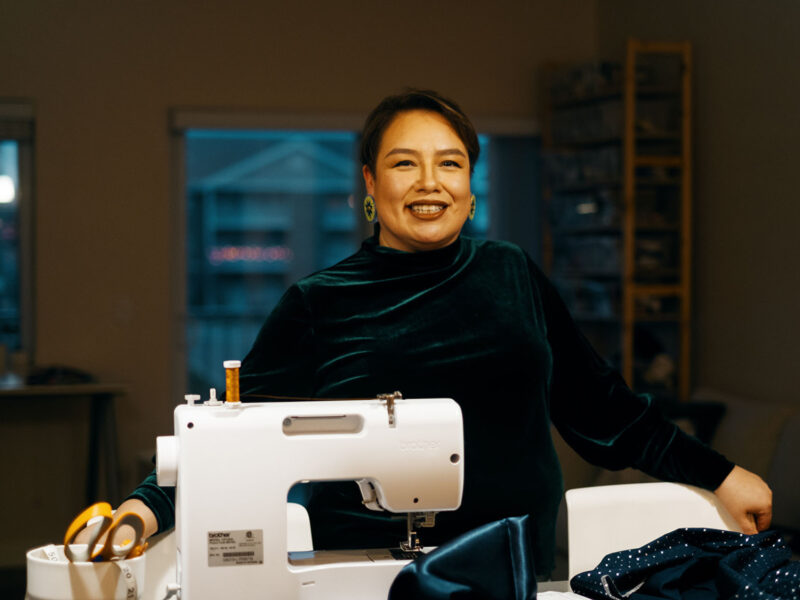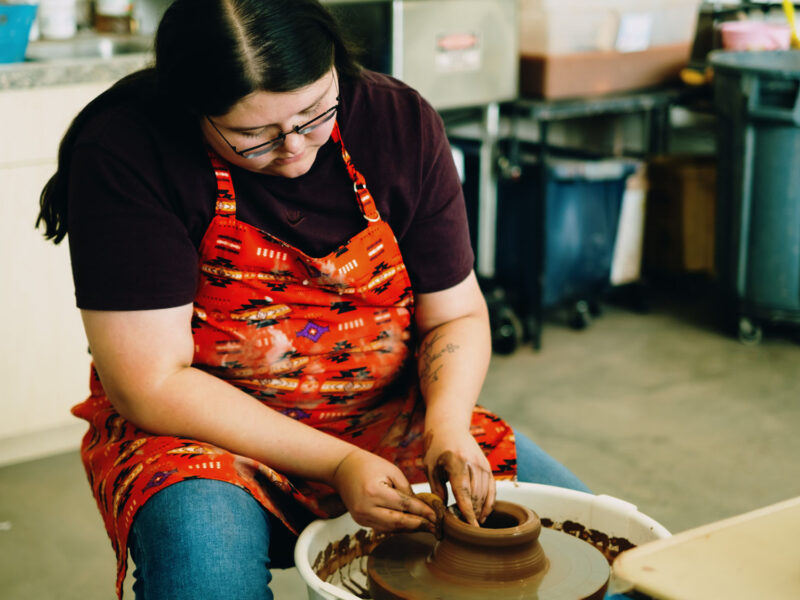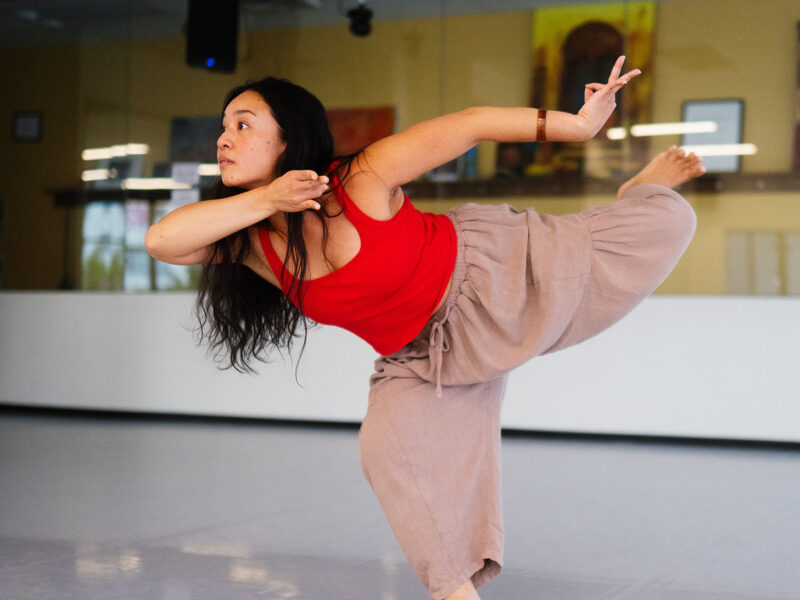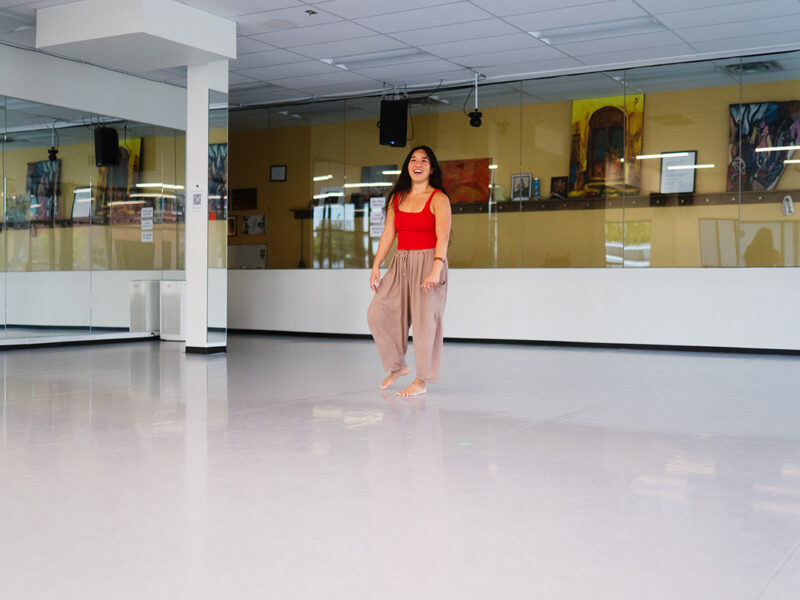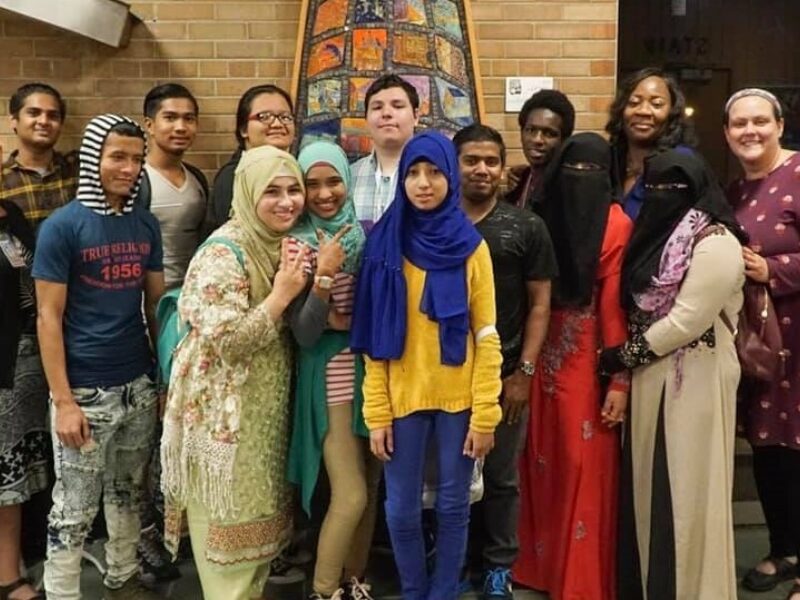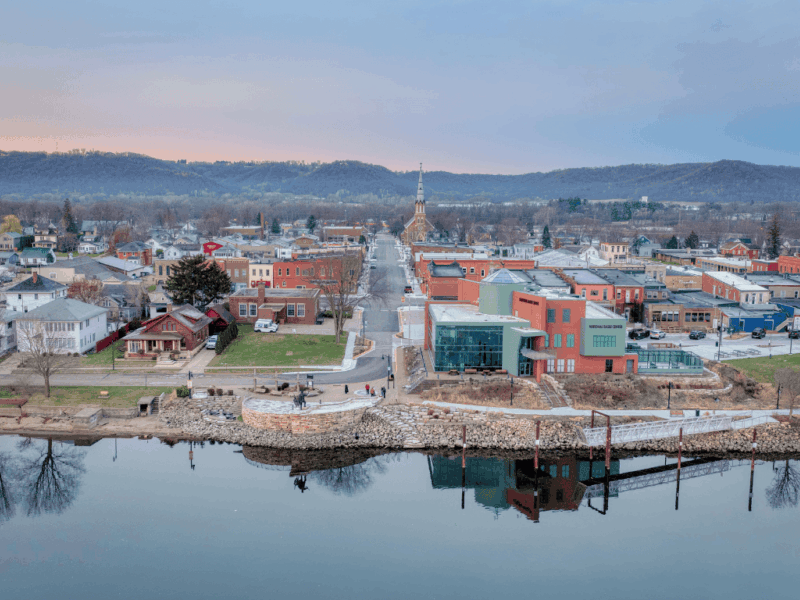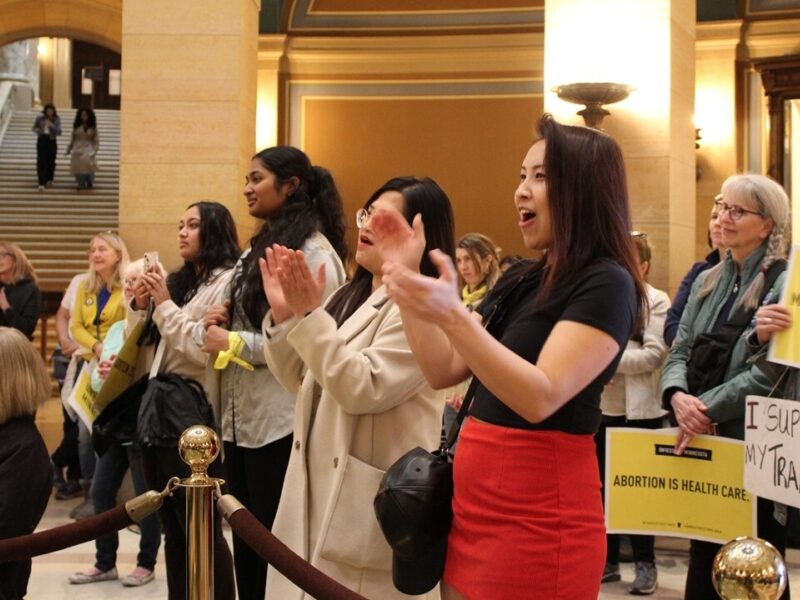Stories humanize us and invite people in to share our world.
Ed. Note - The Foundation occasionally offers this platform for nonprofit leaders to share their thoughts on current events. This is a guest blog post written by Rekhet Si-Asar, Executive Director of In Black Ink. To learn more about In Black Ink and their work in our community, visit In Black Ink's website.

By Rekhet Si-Asar
How does a community become the narrator of their own stories? How do we craft our own images and share them with the world?
Maya Angelou stated, “Never let another man create your world, he will always make it too small.” In the case of people of African descent and other Indigenous and BIPOC communities, there is seldom a place made for us to exist, not just in our communities but in the world. This is true even in our own imagination.
Many of us grew up hearing stories from the time we were very little.
As an adult I’ve tried to recall the moment, the age, when the stories I heard were about me or people that looked like me.
Our images were never present in the fairytales. Snow White, Cinderella, Rapunzel, did not look like us, nor did they have friends or family or any characters that they encountered that looked like us.
We were not in the comics. The Archie gang, Scooby Doo, the Nancy Drew, or Hardy Boys, the Dick and Janes, the Goldie Locks, the Hymn books at church, the “how to” books at school, Little Women, Little House on the Prairie.
There were more books with animals as the main character than there were books about Black and Brown people.
Justice and Storytelling
According to Augusta Baker, “In the 1920s and 1930s, children's books seemed to foster prejudice by planting false images in the minds of children. Most authors were white, with little knowledge about black life, and yet they wrote as if they were authorities. Black writers for children were practically nonexistent, and the few who had written — such as Arna Bontemps and Langston Hughes — reached a very small audience. Consequently, few children knew that blacks lived just as other people lived, having the same aspirations and hopes.”
We know that stories humanize us. They tell of the thoughts, deeds, practices over time; celebrations and perils of people and their peoplehood. Stories tell others that we existed and allow them to share in the world we existed in, for as long as we existed.
They allow us to know each other, not in the “thinnest ways,” as Ta-Nehisi Coates spoke of in his book Water Dancer. It allows us to connect on various levels, to better understand and even identify with our neighbors, colleagues, and fellow citizens. It removes the stamp of “other” that often leads to the disassociation of humanity that then allows us to treat each other as “alien beings.”
Having stories only told by others about us is a deep disservice to our humanity. As the African proverb states, “Until the Story of the hunt is told by the Lion, the tale of the hunt will always glorify the hunter.”
The filmmaker Ava DuVernay stated that “justice and storytelling goes hand in hand.”
Amanda Misiko Andere, CEO of Funders Together to End Homelessness, wrote in ‘The Non-profit World’s Response to the Death of George Floyd’: “What does it say about America when books we’ve been begging people to read about racial justice and anti-racist policies only sell out when White America is forced to watch two public lynchings in less than a month?”
“We know that stories humanize us.... Stories tell others that we existed and allow them to share in the world we existed in, for as long as we existed.”
Rekhet Si-Asar

Hope for Lasting Change
What was different was the international outrage that followed. This may have been surprising to many of us, because we have become so numb to these attacks. Many of us were surprised that there was a rumbling, not just in the streets, but in some of the office buildings, the schools and the board rooms.
As Marcus Walton, CEO of Grantmakers for Effective Organizations, wrote in his piece Hope Is Not a Strategy for Change:
“Despite the cyclical nature of institutional violence that predictably targets Black and other historically marginalized people, we know that the hoarding and asserting of power in order to create or maintain advantage is the source of the problem. Our intentional efforts to consider the impact of our grantmaking decisions, and to make those decisions in ways that share and yield power, provide an important check against abuse of this kind. Going beyond talk to act on racial equity principles and practices in your work provides a meaningful response to the expressions of pain and desperation from so many people who are suffering within our communities.”
Amidst the chaos and what feels like the sustained inability to “breathe” there is now an opening of giving.
Giving on a level that has not been seen in many of our marginalized communities.
Some fear it may be the same ole “knee jerk” reaction as in a crisis response. Although this generosity may be laced with shame and some attempts at repentance, most, in the end, are moved to embrace and accept these not as gifts, but as gestures that symbolize the beginning of a movement that could possibly be a shift.
Imagine for years dreaming, with no path to fulfill those dreams. It’s like window shopping. Year after year, generation after generation, lack of resources and access have led to deferred dreams and instability in organizations and communities.
George Floyd’s death was a tragedy, a deep scar on our community and nation, but like his six-year-old daughter said, “My daddy changed the world.” I can only hope this change is sustainable and deepens over time.


